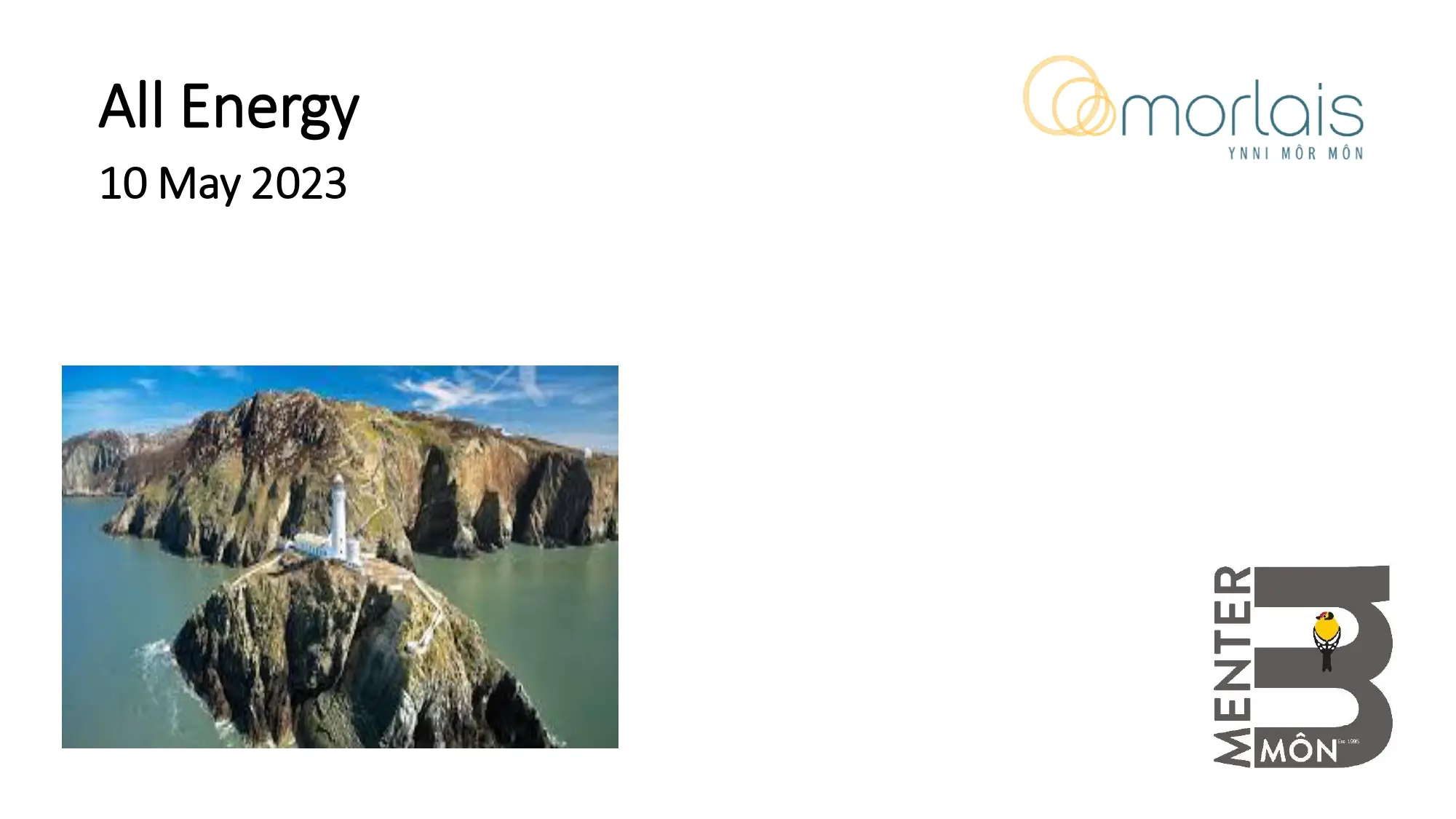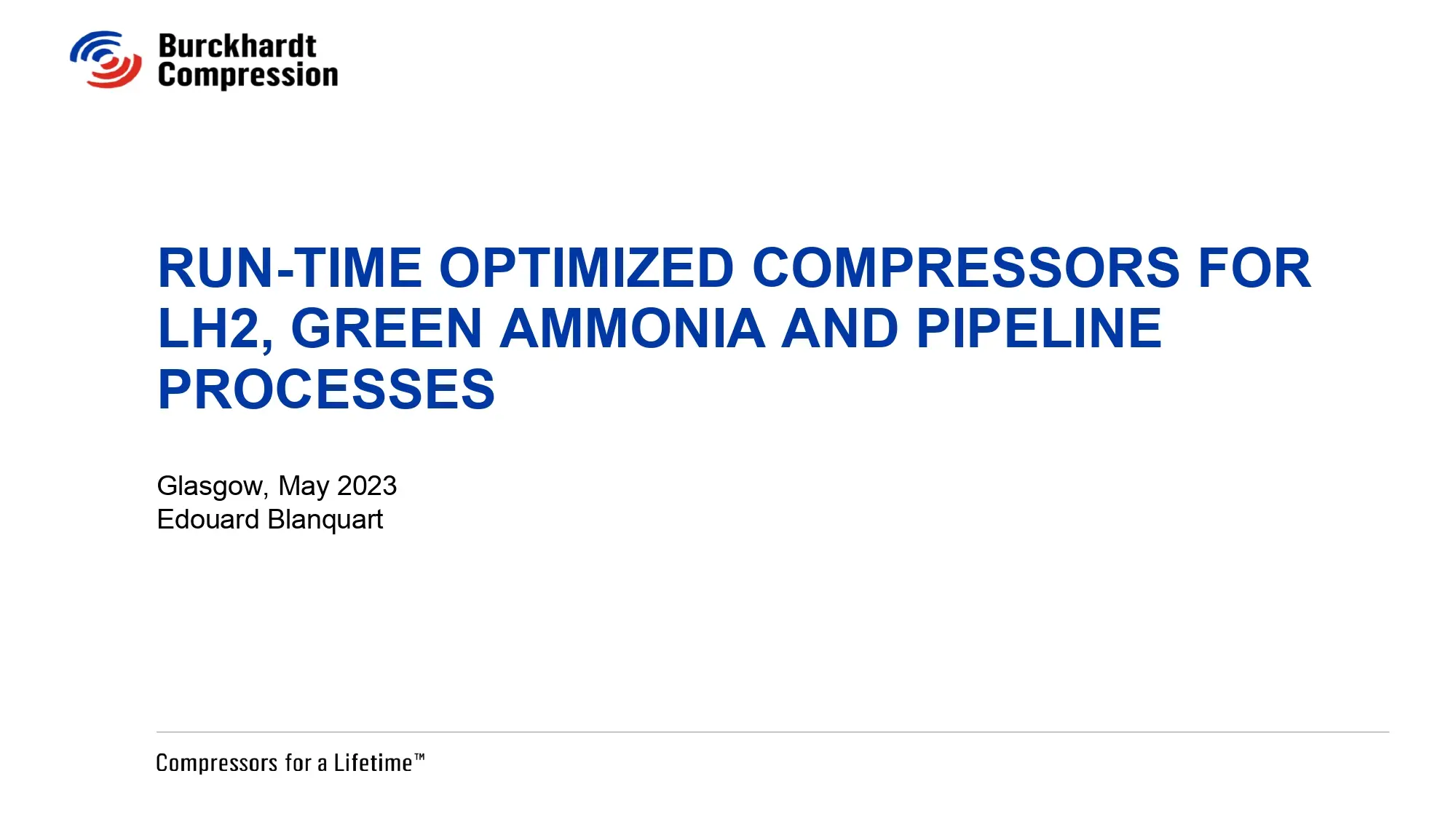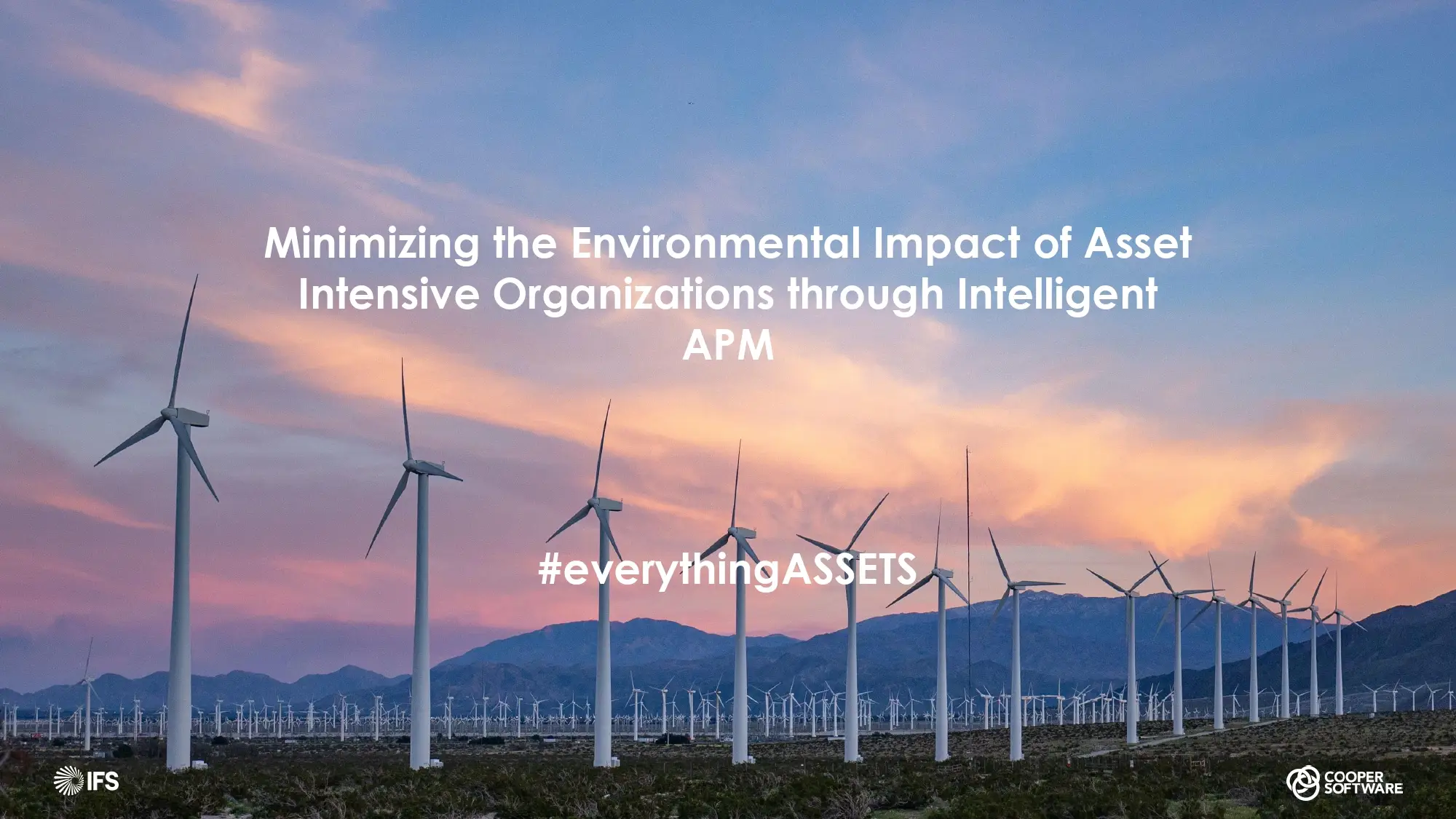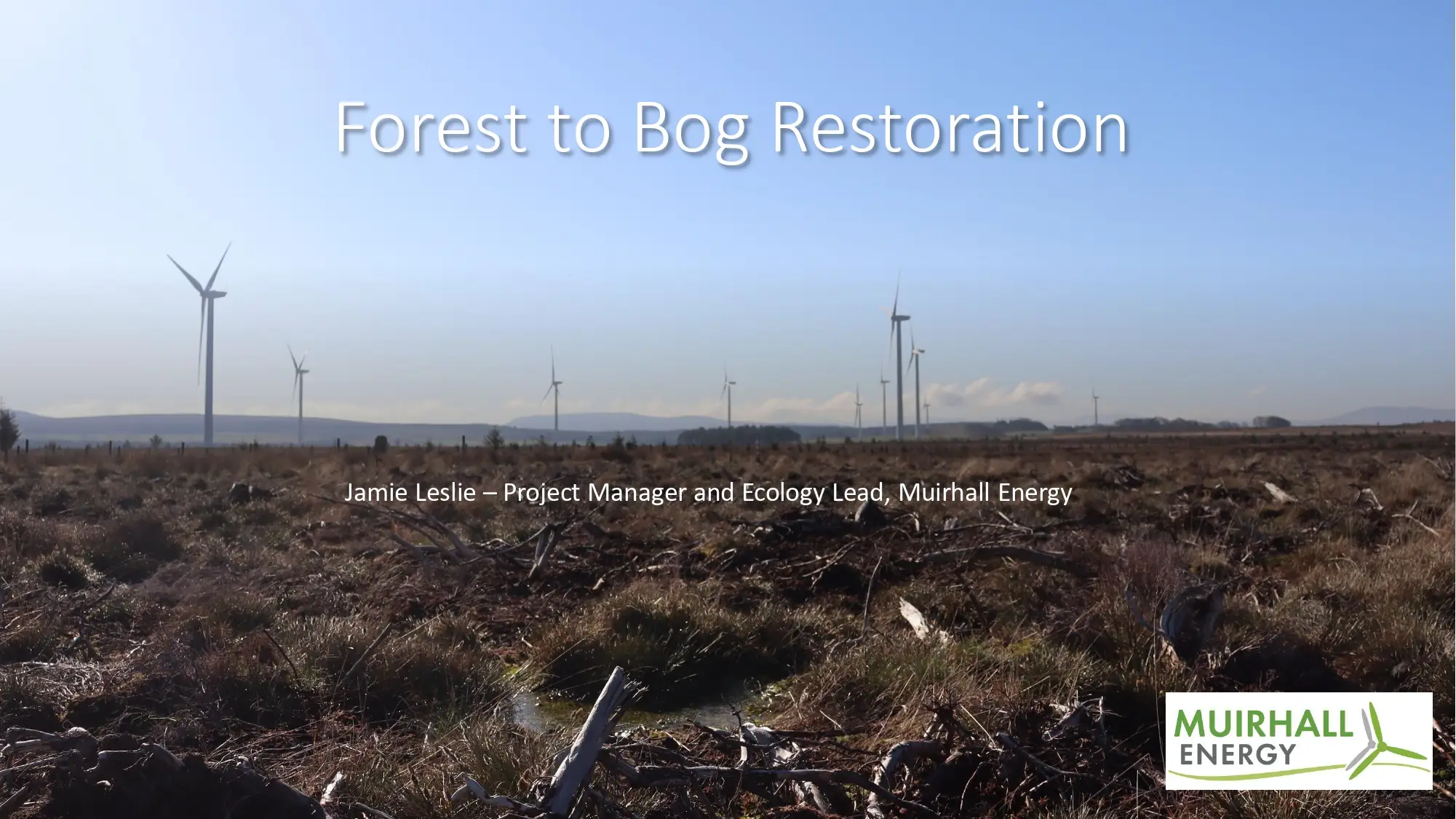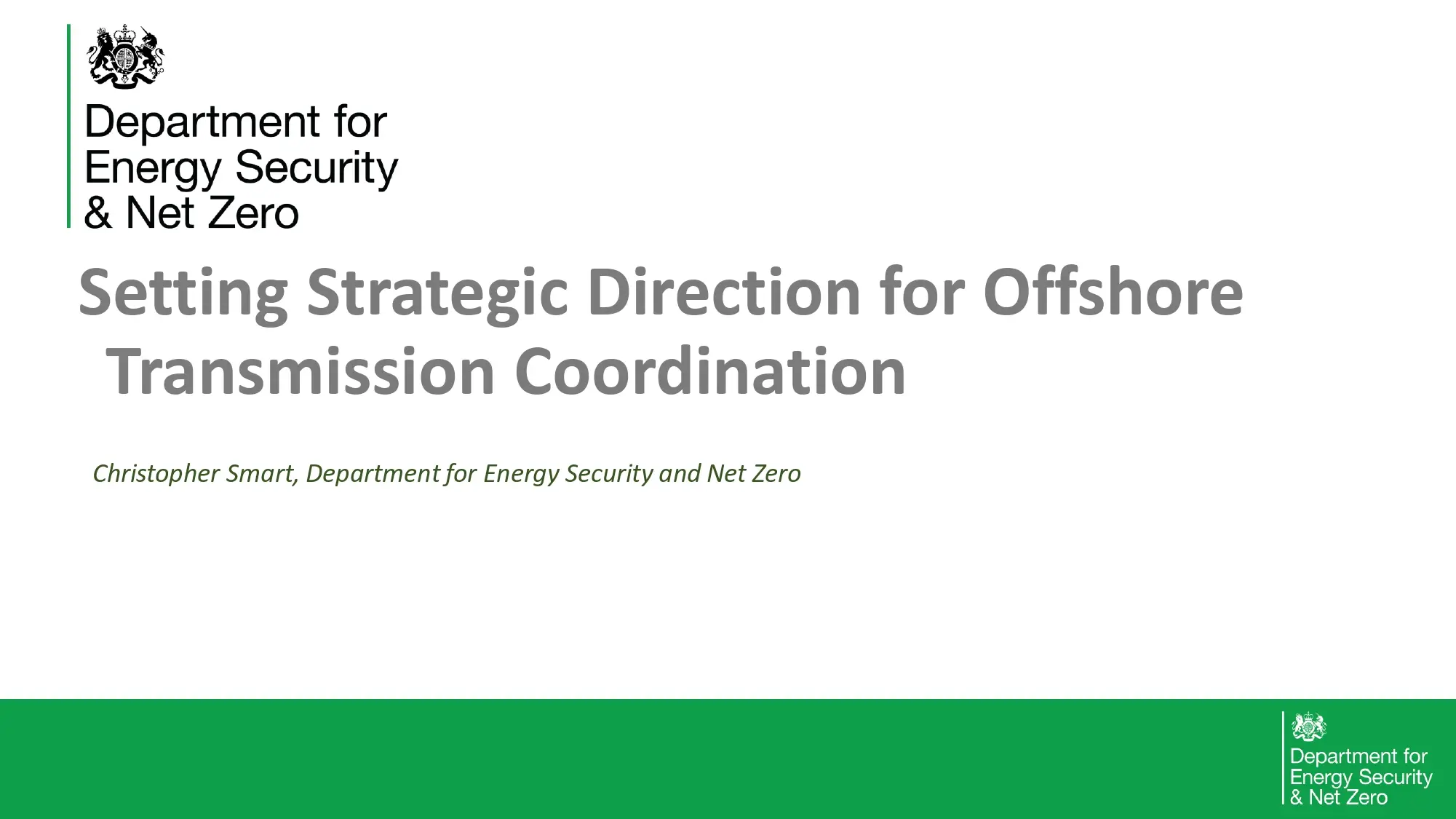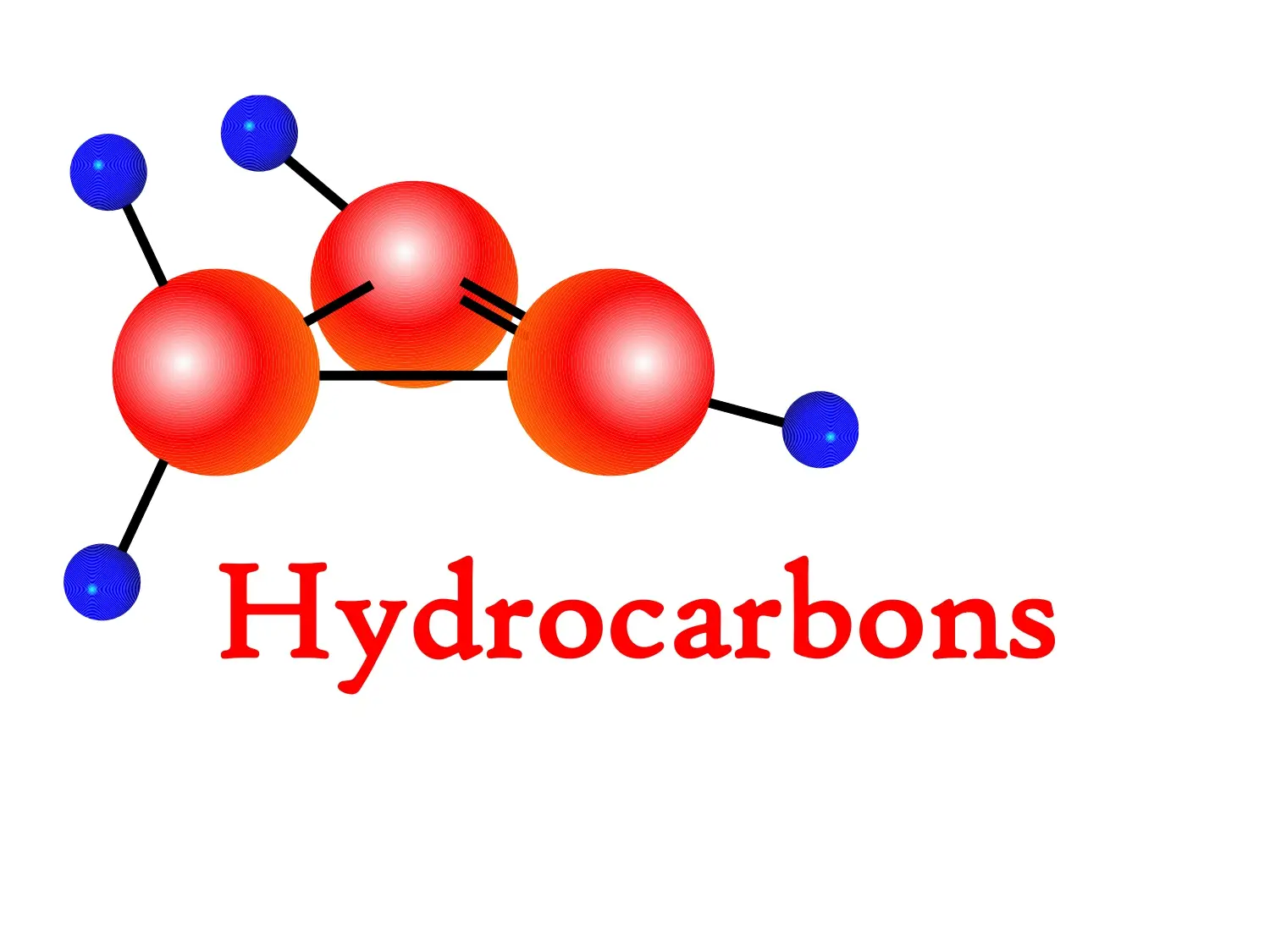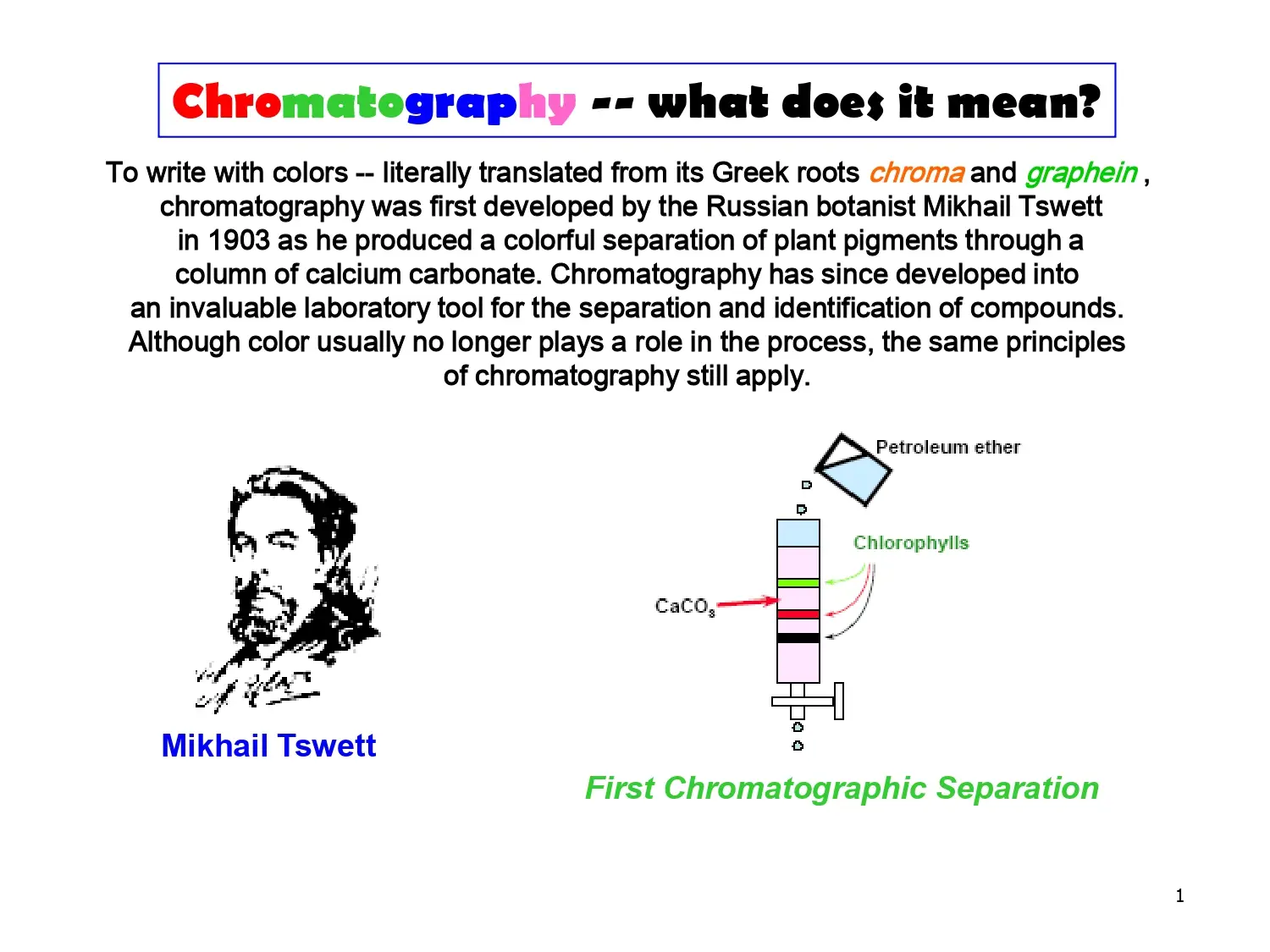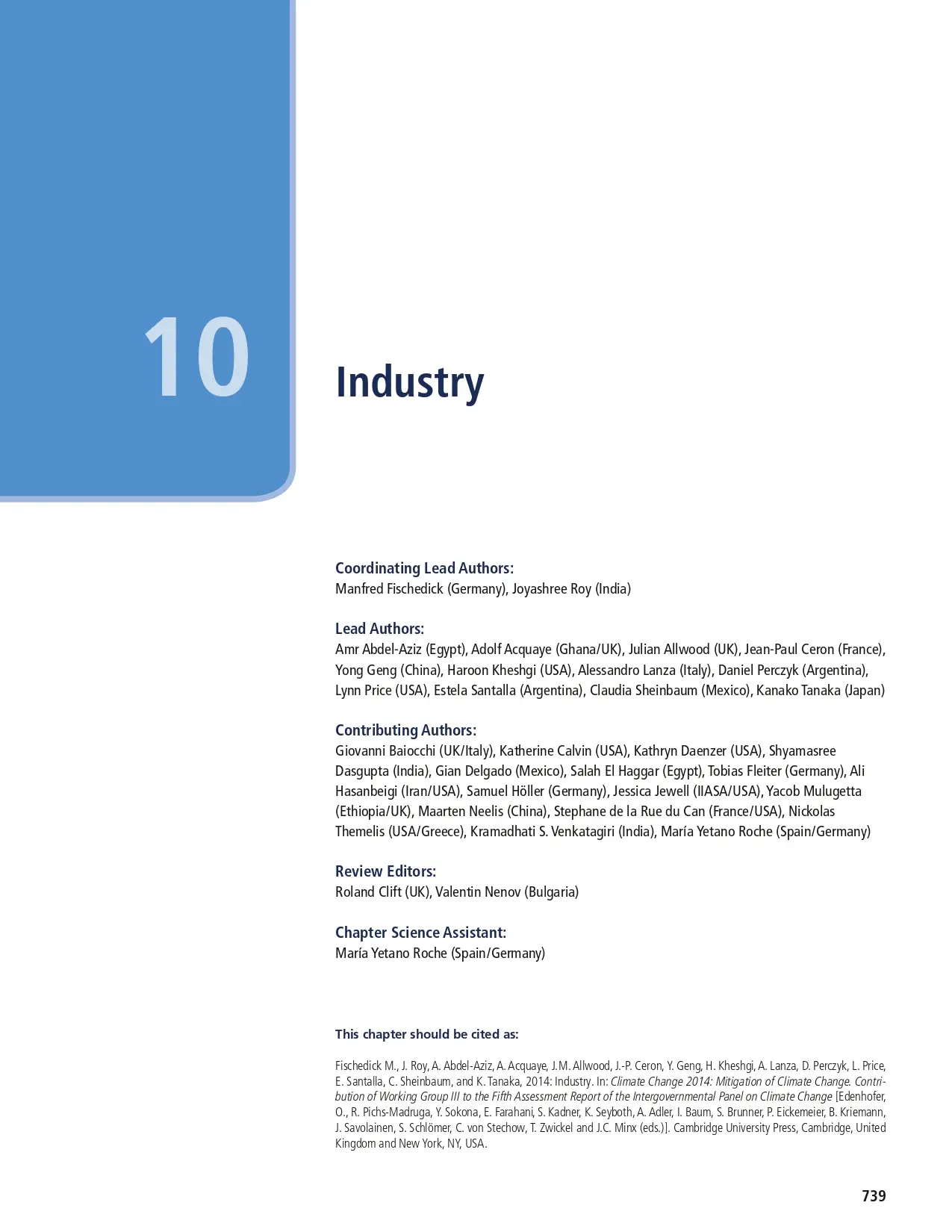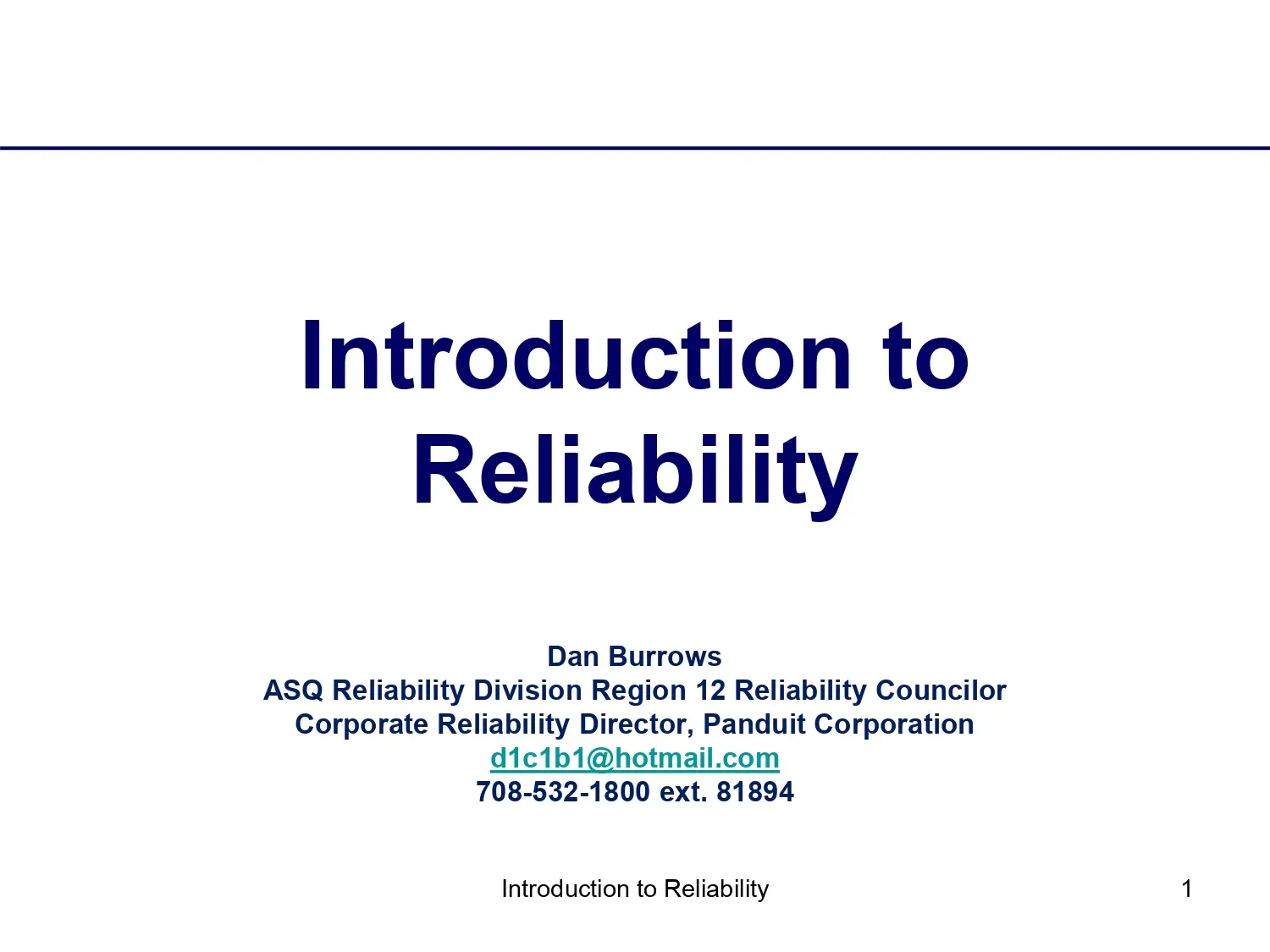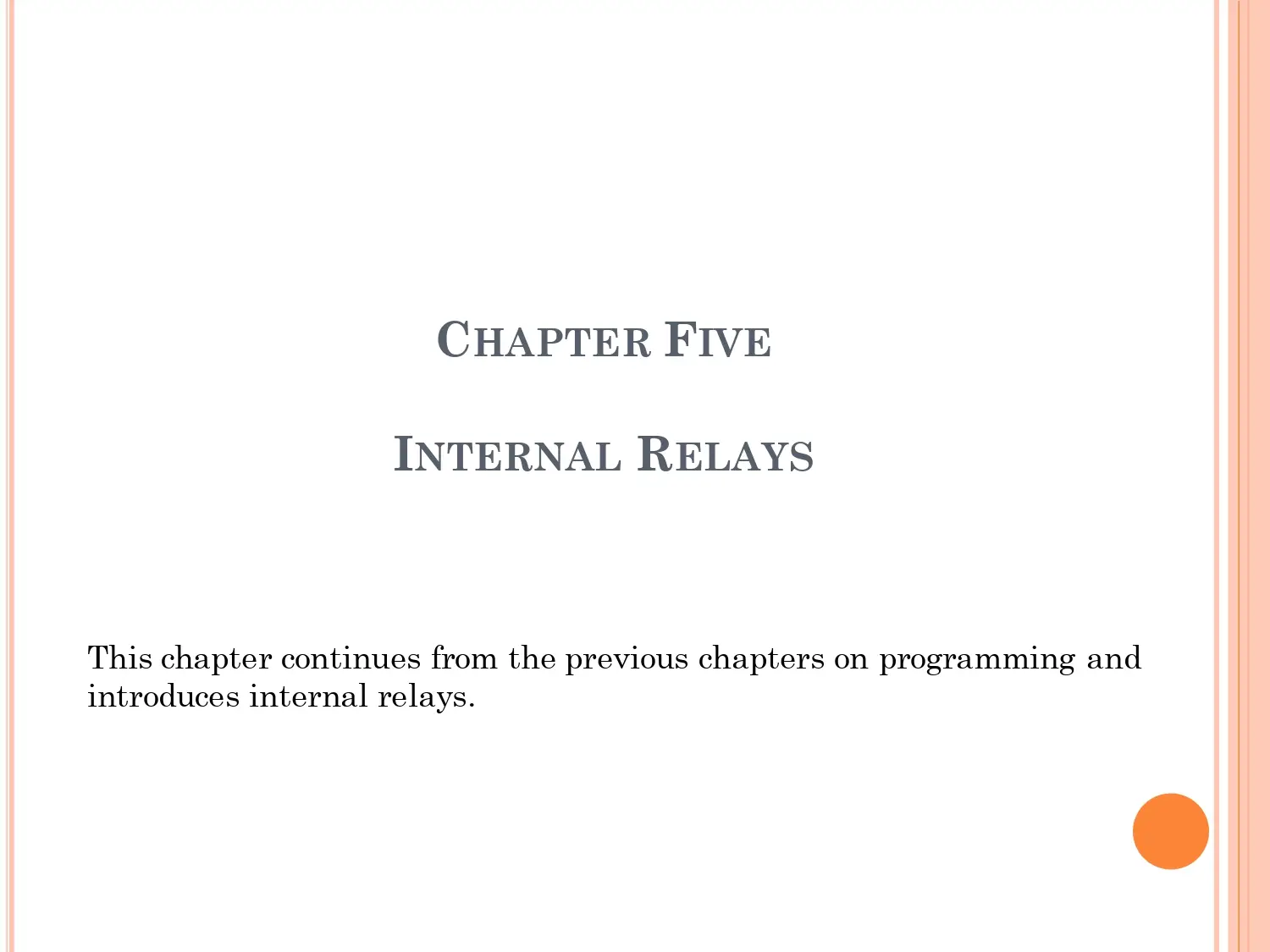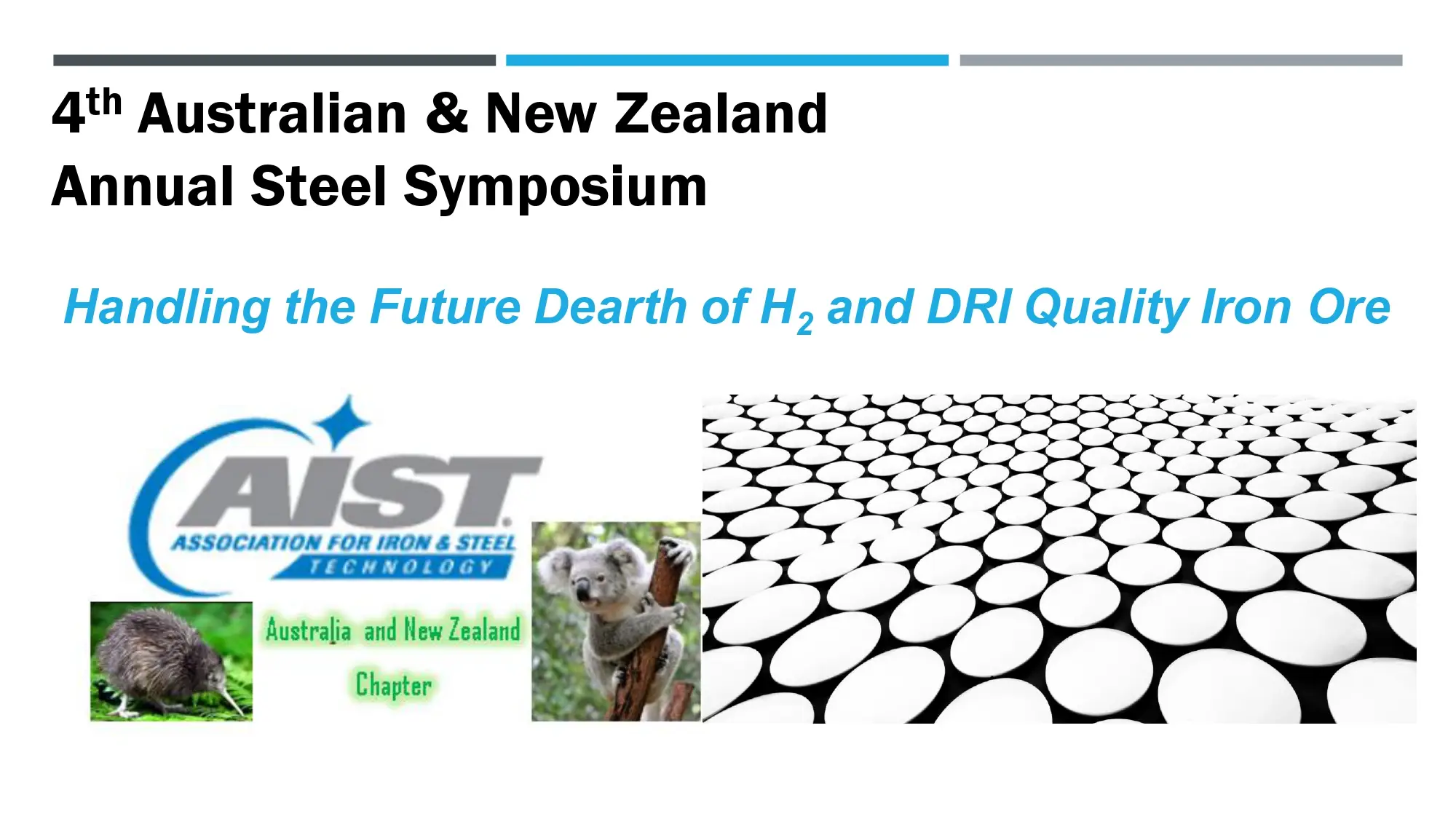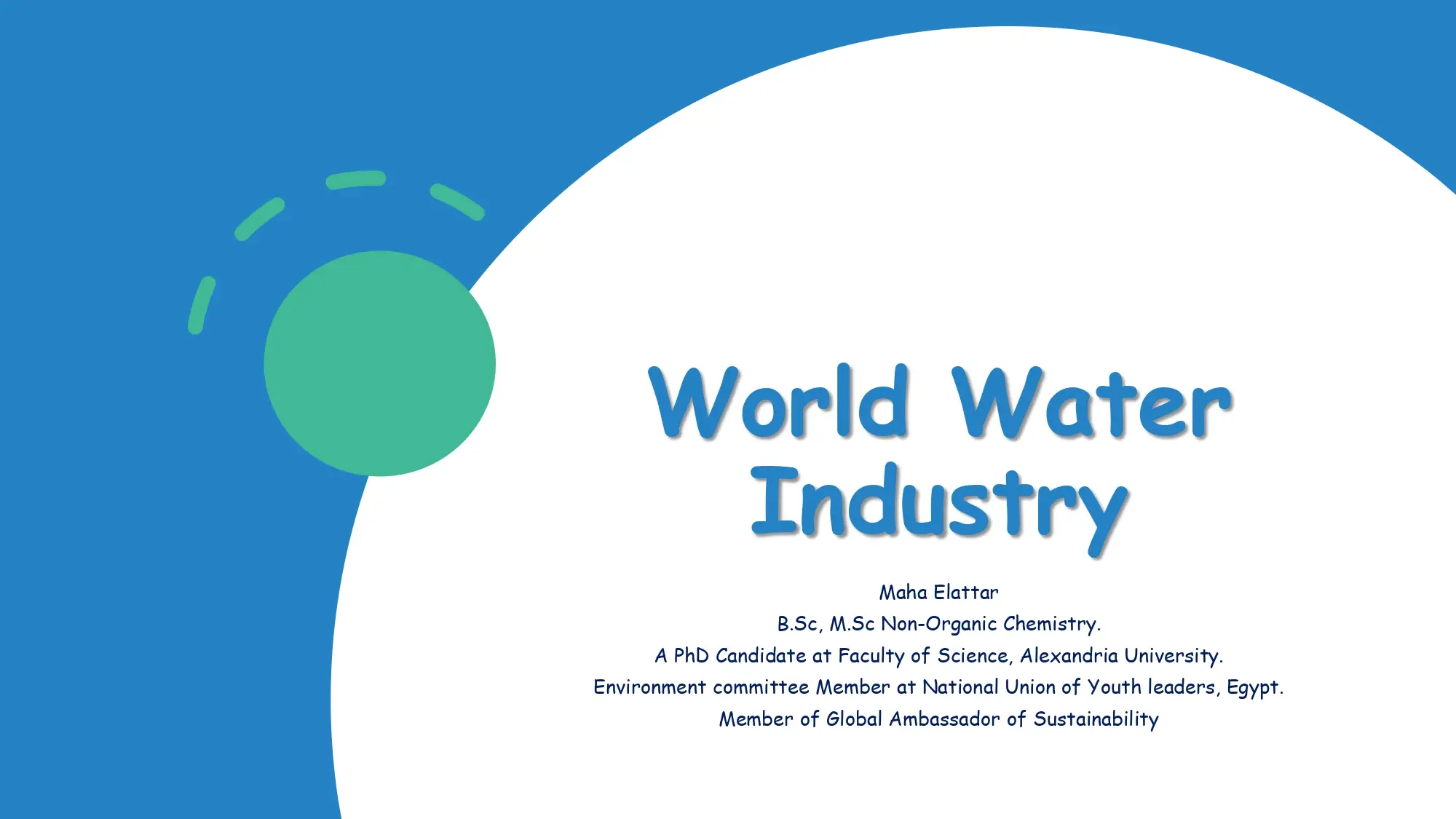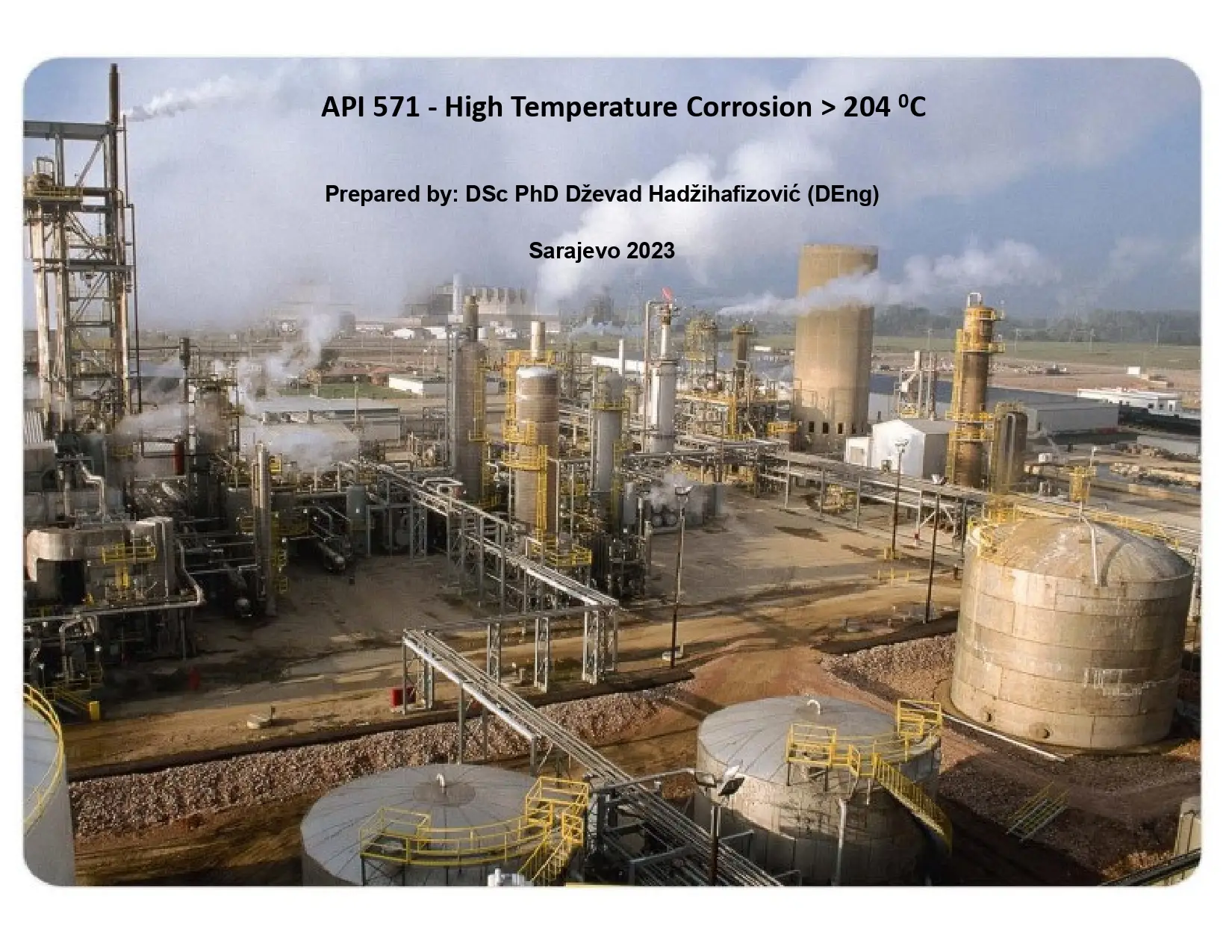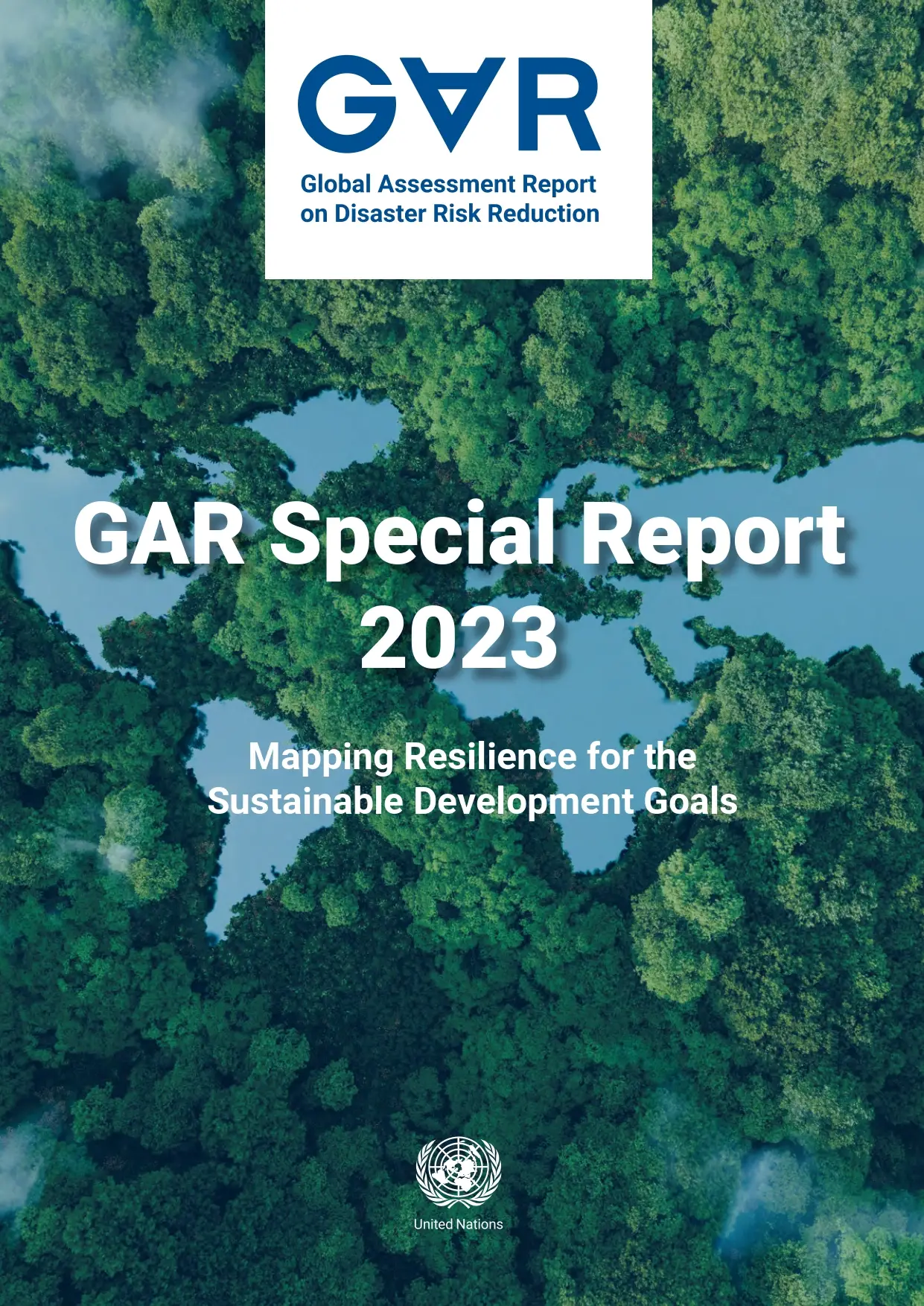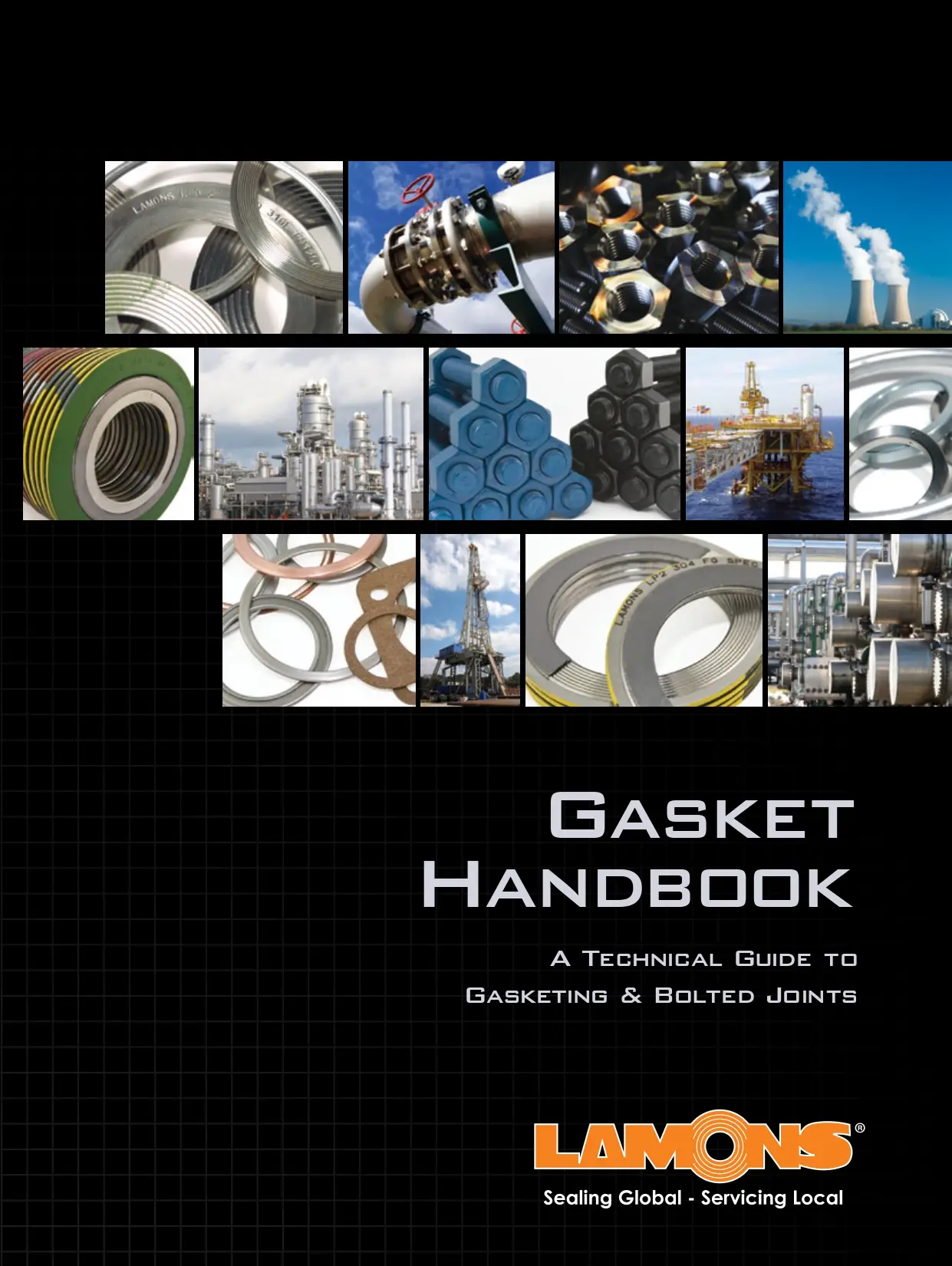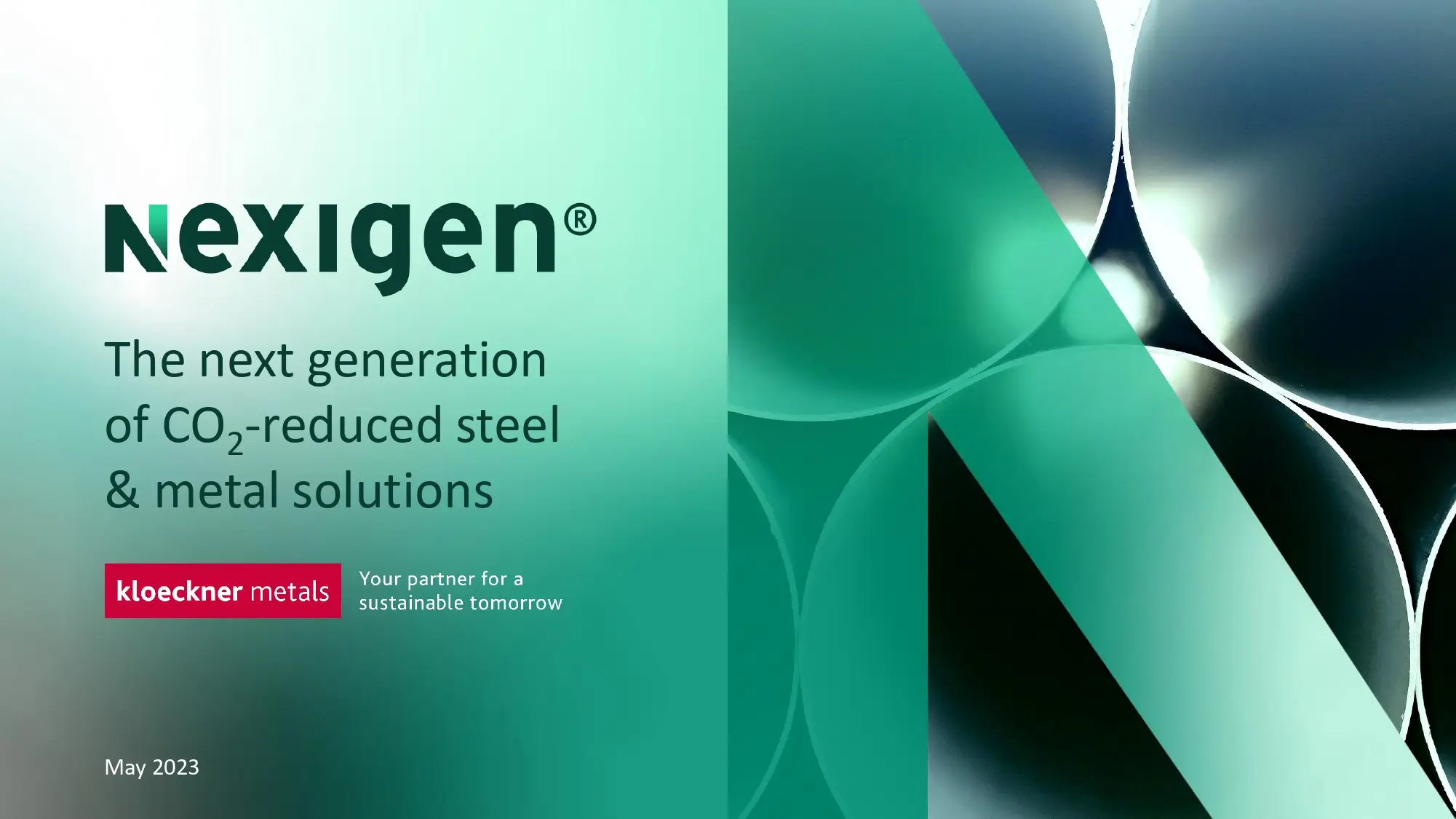Assessment Mitigation in Industry Sector
Executive Summary
An absolute reduction in emissions from the industry sector will require deployment of a broad set of mitigation options beyond energy efficiency measures (medium evidence, high agreement). In the last two to three decades there has been continued improvement in energy and process efficiency in industry, driven by the relatively high share of energy costs. In addition to energy efficiency, other strategies such as emissions efficiency (including e. g., fuel and feedstock switching, carbon dioxide capture and storage (CCS)), material use efficiency (e. g., less scrap, new product design), recycling and re-use of materials and products, product service efficiency (e. g., car sharing, maintaining buildings for longer, longer life for products), or demand reductions
(e. g., less mobility services, less product demand) are required in parallel (medium evidence, high agreement).
Assessment Mitigation in Industry Sector
Executive Summary
An absolute reduction in emissions from the industry sector will require deployment of a broad set of mitigation options beyond energy efficiency measures (medium evidence, high agreement). In the last two to three decades there has been continued improvement in energy and process efficiency in industry, driven by the relatively high share of energy costs. In addition to energy efficiency, other strategies such as emissions efficiency (including e. g., fuel and feedstock switching, carbon dioxide capture and storage (CCS)), material use efficiency (e. g., less scrap, new product design), recycling and re-use of materials and products, product service efficiency (e. g., car sharing, maintaining buildings for longer, longer life for products), or demand reductions
(e. g., less mobility services, less product demand) are required in parallel (medium evidence, high agreement).
GAR Special Report 2023 Mapping Resilience for the Sustainable Development Goals
Global warming will surpass 1.5°C above pre-industrial levels during the next decade, due to greenhouse gas emissions. The constant rise in temperatures and related impacts combine with other pressures, thus increasing risk and undermining resilience. The increasing interconnectedness of people and human
systems increases the risk of compound and cascading crises.
GAR Special Report 2023 Mapping Resilience for the Sustainable Development Goals
Global warming will surpass 1.5°C above pre-industrial levels during the next decade, due to greenhouse gas emissions. The constant rise in temperatures and related impacts combine with other pressures, thus increasing risk and undermining resilience. The increasing interconnectedness of people and human
systems increases the risk of compound and cascading crises.
Gasket Handbook
The cost of leaky joints in industry today is staggering. Out-of-pocket costs run into billions of dollars annually in lost production, waste of energy, loss of product and, most recently, impact on the environment. These problems are increasing, not decreasing. It behooves all of us to consolidate our knowledge and experience to solve or at least minimize these problems. This publication is being produced because we, as gasket and fastener manufacturers and
suppliers, are constantly called upon to solve sealing problems after the fact.
Gasket Handbook
The cost of leaky joints in industry today is staggering. Out-of-pocket costs run into billions of dollars annually in lost production, waste of energy, loss of product and, most recently, impact on the environment. These problems are increasing, not decreasing. It behooves all of us to consolidate our knowledge and experience to solve or at least minimize these problems. This publication is being produced because we, as gasket and fastener manufacturers and
suppliers, are constantly called upon to solve sealing problems after the fact.


